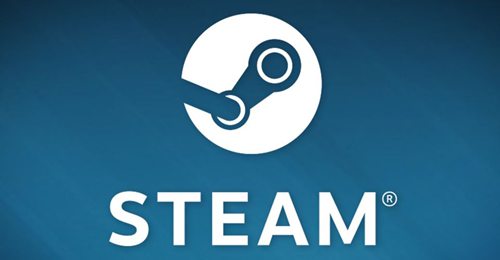Friends who don’t know how to solve the problem of steam unable to connect to the steam network can come here to see how to solve the problem of steam unable to connect to the steam network, so that you can easily solve the problem of being unable to connect.

1. Common causes: connection problems, security software, background applications, third-party anti-cheating software. This problem is mainly caused by four situations: connection problems, security software, background applications, and third-party anti-cheating software. 2. Connection issues 1. Firewall and router If your computer is behind a router with a firewall, you must open the port used by Steam in order to connect to the network. Most firewalls built into routers require manual opening of ports (the firewall does not automatically know the ports you have used). Routers without a built-in firewall rarely need to open ports for game clients, but they usually do for game servers. If you can specify an open port, use the port specified in the Ports you need to open to run Steam article. After changing your router and firewall settings, exit and restart Steam before trying to connect to a secure server. 2. Router problems Routers, especially wireless routers, may cause connection problems. If you have a standalone router and are experiencing connection issues, you can always skip the router and plug your computer directly into your modem to see if the router is the culprit. If you determine that your router is causing this problem, see the article Running Steam When Using a Router. Dual WAN interface routers are not compatible with Steam. 3. Internet connection issues Check the stability and reliability of your Internet connection. An unstable connection will cause Steam downloads to be abnormal, or the connection to the game server to time out. 3. Security software 1. Security software, firewall and anti-virus software. If you use Internet security software, firewall program or anti-virus software, please make sure that you have set up these software to remove all of Steam.exe, HL.exe and HL2.exe. The instance is considered a trusted program. Refer to your security software manual for instructions. 2. Problems after updating Steam If you encounter connection problems immediately after updating Steam, it is most likely caused by the firewall. The best solution is to remove any settings related to Steam.exe, HL.exe and HL2.exe in the firewall's access settings and let the firewall repair itself. The existence of established access rights does not mean that these rights are correct. You should reset your firewall permissions every time you update the Steam client. 3. Multiple firewalls Never run more than one firewall software when using Steam. Multiple firewalls can conflict with each other and cause many network connection issues. The situations of running multiple firewalls include: 4. Running Windows Firewall and Router Firewall at the same time. While running Windows Firewall, run Zone Alarm, Tiny Personal Firewall or other third-party firewall applications. While running Windows Firewall, run the motherboard's built-in firewall (mainly a problem that occurs with nForce motherboards). After making any changes to your firewall, antivirus, or security software settings, please exit and restart Steam before trying to connect to a secure server. After rebooting, you should be able to connect to the VAC server. 5. PeerGuardianPeerGuardian is not compatible with Steam. Please disable PeerGuardian before launching Steam to avoid connection issues. 4. Background applications 1. P2P, FTP, and Web server applications must not run peer-to-peer programs such as BitTorrent, Kazaa, eMule, LimeWire, or Exeem in the background. These programs consume a lot of bandwidth. FTP has the same problem with Web server applications such as Apache, MySQL server, and Microsoft's IIS service. After exiting the peer-to-peer software, exit and restart Steam before trying to connect to the secure server. After rebooting, you should be able to connect to the VAC server. 2. Viruses, spyware and malicious programs, bandwidth or traffic limiting programs, and anonymous IP masking tools. If the system is infected with viruses or spyware, connection problems may also occur. If you suspect that there is a virus or Trojan on your system, we strongly recommend that you run a virus scan when you are not using Steam. See Spyware, Malware, Adware, or Viruses Interfering with Steam article for more information. Programs such as Cybersitter, Netlimiter, X-Fire and Steganos can all affect the normal operation of Steam. Please disable such programs before launching Steam. 5. Third-party anti-cheating software It is not necessary to use third-party anti-cheating applications on the server and client sides, and may also cause the above problems. Do not use third-party anti-cheat applications when playing on VAC-secured servers.